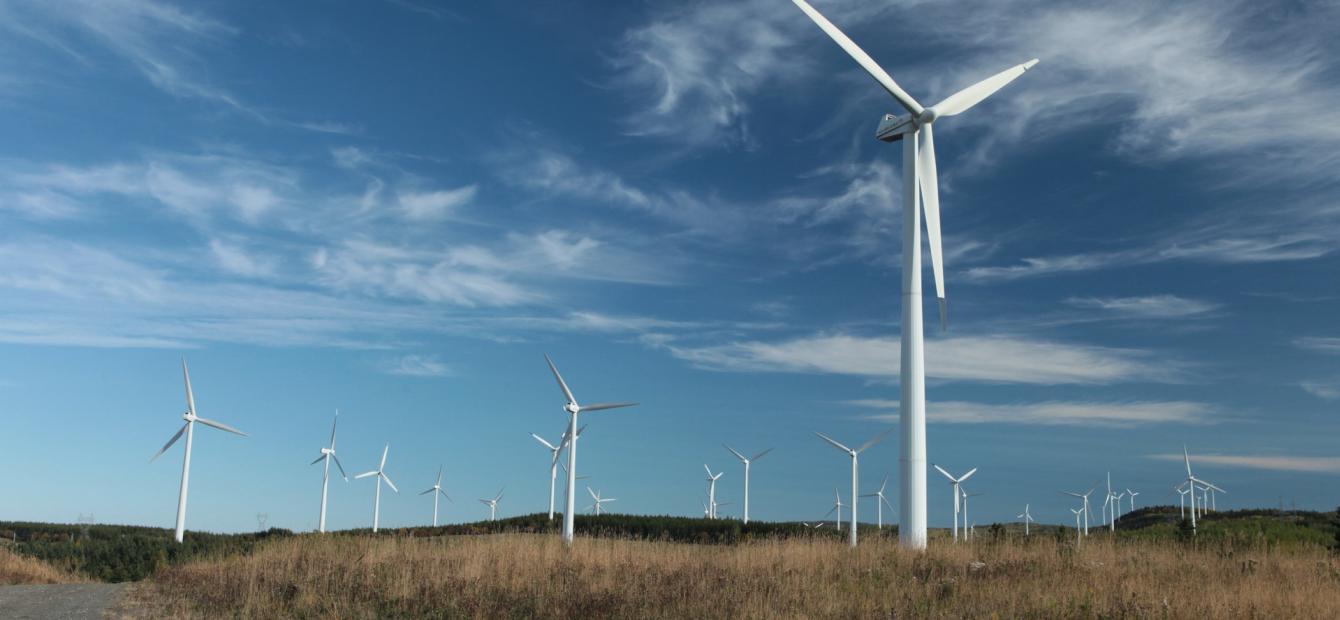
The EU’s Green Transition: Avoiding a new dependency trap
This is one of the four winning student columns from the Clingendael Spectator student column competition for the summer of 2024, written by Amé den Hollander.1
The bitter lessons of the winter of 2022 are still fresh in the minds of policymakers in Brussels. Skyrocketing gas prices, soaring inflation, and stringent austerity measures disrupted the daily lives of Europeans, highlighting the European Union’s precarious dependence on Russian energy. Sanctions on Russian gas and oil laid bare the consequences of decades of normalisation policies with Russia, leaving the EU vulnerable and exposed. Yet, as the EU embarks on its green transition, there is growing concern that it might be making the same mistakes by becoming heavily dependent on China.
In response to the invasion of Ukraine, the European Union devised the REPowerEU Plan as a bold initiative, aiming to accelerate the green energy transition with a substantial budget of 300 billion euros.2 However, this well-intentioned plan has inadvertently redirected the EU’s dependency from Russian fossil fuels to Chinese green technologies. China’s market monopoly on critical raw materials and products – such as batteries, electric vehicles, and wind turbines3 – poses a new threat to the Union's energy security. Additionally, geopolitical tensions in the South China Sea, human rights abuses in Xinjiang, and military repression in Hong Kong only further exacerbate the risks of building such a dependency.4
The EU must now commit to self-reliance, especially concerning energy supply, to prevent another energy crisis
European Commission President Ursula von der Leyen’s strategy of "de-risking, not decoupling" has introduced various measures to counter Chinese dominance.3 Nevertheless, these policies lack the clarity, framework, and strong messaging needed to project European strength to the international community. The EU must now commit to self-reliance, especially concerning energy supply, to prevent another energy crisis.
At the core of this dependency issue is China’s dominance in the mining of rare earth elements, which are essential for renewable energy technologies. For instance, Neodymium, a critical element for permanent magnets used in wind turbines and solar panels, is almost entirely controlled by China, which holds 94 per cent of global production.5 China's mastery of the complex technology required for extracting these magnetic components, combined with low production costs and a controlled market, allows it to export these materials competitively, establishing a near monopoly.
This dominance extends across the solar panel, wind turbine, battery, and electric vehicle markets – all vital for the EU’s Green Deal and its ambitious climate goals. The power that comes with this monopoly should not be underestimated. Although a recent HCSS report on EU dependence on China indicated that green energy materials are not as crucial as gas and oil,4 it is essential that the EU takes steps before this dependency becomes a critical issue.
Current EU policies reflect the mildest form of de-risking. For a stronger and robust Europe, the EU must explore the limits of de-risking. First, the EU should actively level the playing field and support European producers. Chinese solar panels cost half as much as those produced in Europe, and wind turbine components are cheaper due to the use of alkaline electrolysis. This price disparity makes Chinese products the default choice for consumers.
Diversifying the upstream supply chain will reduce the risks of supply chain disruption due to geopolitical tensions
To make European producers competitive, the EU must allocate subsidies and inject funds into (struggling) European manufacturers of wind and solar energy. China’s green technology market has thrived by subsidies and market manipulation, significantly boosting the industry in recent years. The EU should not hesitate to follow suit, as a strong negotiation position in today’s world more often relies on strong national autonomous policies (similar to the Biden Inflation Reduction Act in the United States6 ).
The EU should also pursue new partnerships and diversify its sources of raw materials. Following a dispute with China over rare metals in 2010, Japan implemented a de-risking strategy by partnering with an Australian company.7 This could serve as a source for rare earth materials for the EU to consider.
A Financial Times article on dependency on China for the green transition even highlighted potential mining options in Sweden and Slovakia,5 suggesting that the EU could source these metals domestically. While expensive and complex, this could be part of a long-term strategy. In the short term, the EU could shift production and raw material sourcing to other countries, such as the US and Australia. Although some would consider diversification as a de-coupling strategy, I argue that diversifying the upstream supply chain will reduce the risks of supply chain disruption due to geopolitical tensions.
De-risking policies for the green transition are expected to be both expensive and complex. Nonetheless, the EU must accelerate its efforts beyond the current measures, such as those outlined in the foreign direct investment screening processes, the Net Zero Industry Act, and the REPowerEU Plan. To effectively manage risks, the EU should expand its de-risking strategy by introducing higher subsidies, investing in innovation, and diversifying partnerships for the (raw) materials essential to the green transition. Without a clear commitment to policies of self-reliance, the EU risks falling behind in current geopolitical trends and losing the long-term game.
- 1Many thanks to Clingendael Spectator intern Huub van Gisbergen for taking on and successfully managing the student column competition for the summer of 2024 as a dedicated project.
- 2European Commission, ‘REPowerEU at a glance’.
- 3 a b Alexander Lipke, Janka Oertel, Daniel O’Sullivan, ‘Trust and trade-offs: How to manage Europe’s green technology dependence on China’, European Council on Foreign Relations, 29 May 2024.
- 4 a b Karlien Sambell, Sam Lamboo, Lennart van der Burg and Piet Warnaar (TNO); Joris Teer and Abe de Ruijter, with contributions from Berend Kwak (HCSS), ‘The EU’s China Challenge: Rethinking offshore wind and electrolysis strategy’, TNO Innovation for Life and The Hague Centre for Strategic Studies, 1 May 2024.
- 5 a b Ian Johnston, Alice Hancock, Harry Dempsey and Visual Storytelling Team, ‘Can Europe go green without China’s rare earths?’, Financial Times, 20 September 2023.
- 6The Economist Explains, ‘What the Inflation Reduction Act has achieved in its first year’, The Economist, 17 August 2023.
- 7Luke Patey, ‘The European Union can go green and lower dependencies on China’, Danish Institute for International Studies, 21 February 2024.






0 Comments
Add new comment